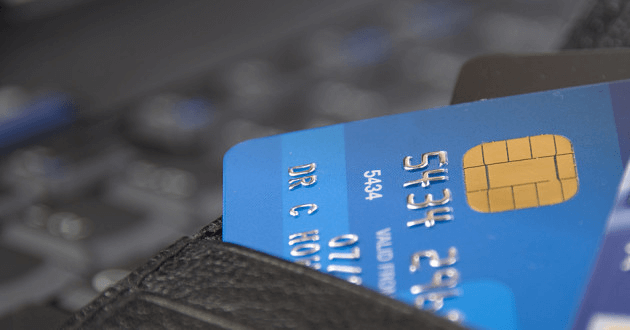
What Are the Authentication Methods for an EMV Chip Card?
Secure payment systems depend on strong authentication. An EMV chip card protects each transaction through several verification steps that work together to block fraud. These steps validate the card, confirm the cardholder, and verify the transaction’s integrity. Because the chip creates dynamic values, it prevents attackers from copying or reusing payment data. This introduction explains how EMV authentication works and why it remains the global standard for card-present payments.
Static Data Authentication
Static Data Authentication verifies the card’s legitimacy. The issuer signs a set of card data with its private key before the card is issued. During a transaction, the terminal checks this signature using the corresponding public key. If the signature matches, the terminal accepts that a valid issuer issued the card. SDA works in predictable and low-risk environments. Many transit systems and small retailers still use it because SDA is fast and requires no complex terminal hardware. However, SDA cannot stop advanced cloning, so many regions combine it with stronger methods.

Dynamic Data Authentication
Dynamic Data Authentication creates a new cryptographic signature every time the card interacts with a terminal. The EMV chip card uses its private key to generate this dynamic value. The terminal then verifies the value using the public key stored in the issuer’s certificate. This process stops replay attacks and card cloning. According to publicly available European Central Bank reports, counterfeit card fraud dropped significantly after countries adopted DDA. Banks continue to promote DDA for the retail, hotel, and transport sectors because it provides strong protection without slowing transactions.
Combined Data Authentication
Combined Data Authentication merges card verification and transaction authentication into a single step. CDA signs both the card data and the transaction data. When the terminal checks the signature, it detects any modification immediately. This process secures offline and online transactions. CDA also supports complex multi-application cards that combine payment, identification, and access control functions on a single chip. Because CDA blocks manipulation at several levels, many financial networks recommend it for medium- to high-value in-store payments.

PIN Verification for Cardholder Authentication
PIN verification confirms that the person using the EMV chip card is the legitimate cardholder. EMV supports both offline and online PINs. Offline PIN is stored in the chip and verified locally by the terminal. Online PIN is encrypted and sent to the issuer for verification. Europe uses both methods depending on local policies. The United States relies heavily on online PINs for debit networks. PIN verification significantly reduces fraud from stolen cards because attackers cannot easily guess the encrypted PIN. Real transaction data from major issuers shows that PIN-protected EMV cards suffer far fewer unauthorized transactions than old magnetic stripe cards.
Signature Verification as a Legacy Option
Signature verification remains available but plays a minor role today. The cardholder signs the receipt, and the merchant visually checks the signature. The method is subjective but straightforward. Human error can occur. Many payment networks in the United States removed mandatory signature checks for most card-present transactions in 2018. Contactless EMV and PIN systems already provide better protection. Still, small merchants and older terminals may continue using signatures for compatibility or regulatory reasons.

Issuer Authentication and Online Authorization
Issuer authentication confirms that the bank approves the transaction. When the EMV chip card creates an ARQC (Authorization Request Cryptogram), the terminal sends it to the issuer. The bank checks the cryptogram, evaluates risk factors, and reviews account status. If everything is valid, the issuer sends an ARPC (Authorization Response Cryptogram). This step ensures that no one alters the transaction data. Issuer authentication also supports dynamic fraud scoring. Banks use machine learning systems to detect unusual activity in real time. This layer is essential for cross-border payments and high-value transactions.
Risk Management and Transaction Integrity
EMV also includes additional risk-management steps. The terminal performs floor-limit checks, velocity checks, and offline counter reviews. The card monitors incorrect PIN attempts and enforces security limits. These measures work with the primary authentication methods to keep each transaction safe. Because the EMV chip card stores secure keys and dynamic algorithms, the system can respond to many threat patterns without needing external equipment. This multi-layered structure makes EMV reliable for banks, merchants, and users worldwide.

The Strength of EMV Chip Card Authentication
The EMV chip card protects payments through several strong authentication methods. SDA checks fundamental legitimacy. DDA and CDA block cloning and tampering. PIN and signature systems verify the cardholder. Issuer authentication confirms every transaction. Together, these methods reduce fraud, increase trust, and support secure retail environments. As contactless payments and mobile wallets grow, EMV authentication remains the foundation of card-present security worldwide.


